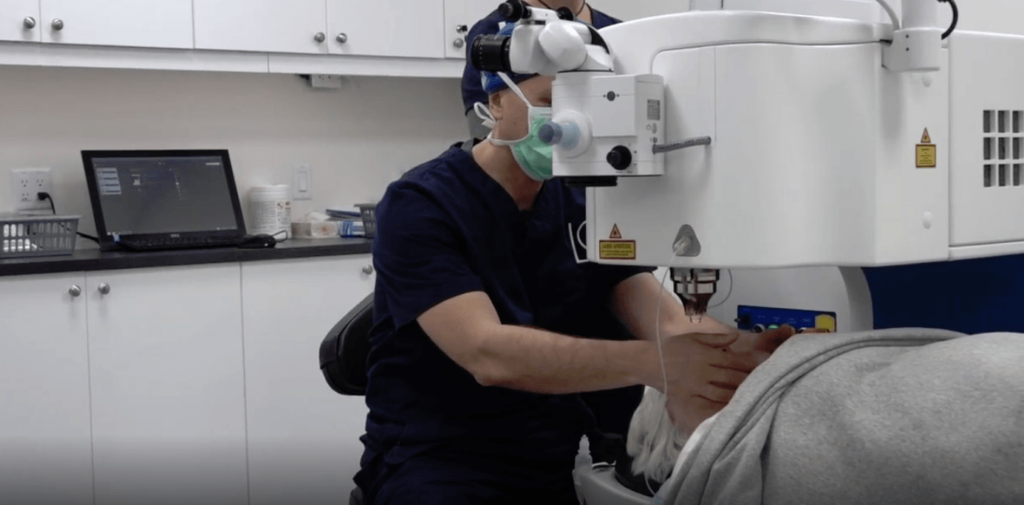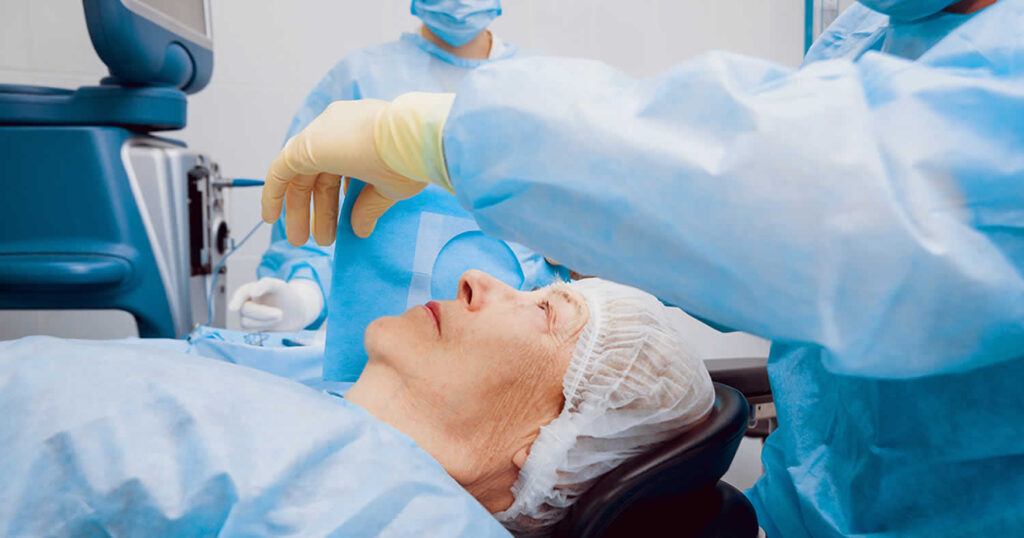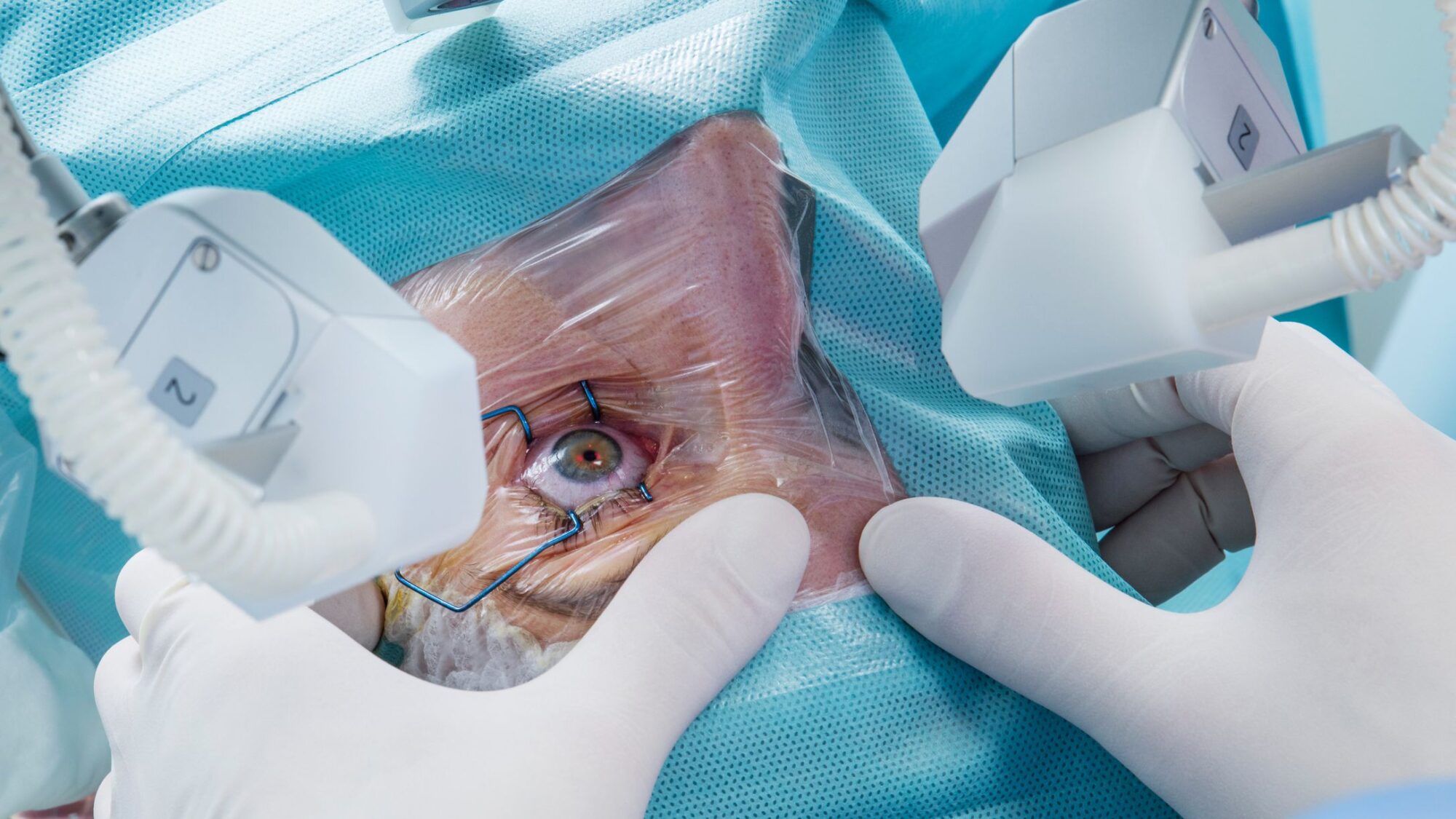Cataract is a common eye condition that affects millions of people worldwide. It occurs when the natural lens of the eye becomes cloudy, causing blurred vision and reduced clarity. Over time, cataracts can significantly impact a person’s quality of life, making it difficult to perform everyday tasks such as reading, driving, or even recognizing faces.
Understanding Cataract and Its Impact
Defining Cataract: A Brief Overview
Cataract is a condition characterized by the clouding of the lens of the eye, which is normally clear and transparent. As the lens becomes cloudier, it prevents light from passing through to the retina, leading to vision problems and need assistance of professional healthcare provider like https://www.personaleyes.com.au. Cataracts can develop in one or both eyes and usually occur as a result of aging, although other factors such as genetics, eye injuries, and certain medical conditions can also contribute to their development.
When left untreated, cataracts can significantly impact an individual’s quality of life. Simple daily tasks such as reading, driving, or recognizing faces can become challenging. Fortunately, cataract surgery is a highly effective treatment option, with a success rate of over 95%. During the procedure, the clouded lens is removed and replaced with an artificial intraocular lens, restoring clear vision for the patient.
The Prevalence of Cataract Worldwide
Cataract is the leading cause of blindness globally. According to the World Health Organization (WHO), more than 90% of cataract-related vision loss occurs in low- and middle-income countries, where access to proper eye care services is limited. It is estimated that by the year 2050, the number of individuals affected by cataracts worldwide will exceed 115 million. These staggering statistics highlight the need for advancements in cataract surgery techniques to ensure better outcomes and increased accessibility for patients.
Efforts are being made by organizations and governments to address the growing burden of cataract-related blindness. Initiatives such as community outreach programs, subsidized cataract surgeries, and training of local healthcare providers are being implemented to reach underserved populations. By raising awareness about cataracts and the available treatment options, more individuals can receive timely care and prevent unnecessary vision loss.
The Evolution of Cataract Surgery Techniques
Traditional Cataract Surgery Methods
For many years, the standard approach to cataract surgery involved a manual technique known as phacoemulsification. This procedure involves creating a small incision in the cornea and using an ultrasonic device to break up the cloudy lens before removing it. While this technique has been successful in restoring vision for countless patients, advancements in technology have paved the way for more innovative and precise surgical methods.
During the early days of cataract surgery, procedures were often performed without the aid of sophisticated tools and imaging systems. Surgeons relied heavily on their skills and experience to navigate the delicate process of removing the cataract-affected lens. Despite the challenges, these pioneers in ophthalmology laid the foundation for the evolution of cataract surgery techniques that we witness today.
The Shift Towards Modern Techniques
In recent years, there has been a significant shift towards modern cataract surgery techniques that offer enhanced precision, safety, and improved visual outcomes. These techniques leverage the power of advanced technologies and equipment to provide surgeons with greater control and patients with a more comfortable and efficient experience.
One of the key advancements in modern cataract surgery is the introduction of femtosecond laser technology. This cutting-edge tool allows surgeons to perform key steps of the procedure with unparalleled accuracy and reproducibility. By utilizing the laser to create precise incisions and soften the cataract for easier removal, surgeons can customize the surgery to each patient’s unique eye anatomy, leading to optimized results and faster recovery times.

The Role of Technology in Cataract Surgery
The Impact of Laser Technology
Laser technology has revolutionized the field of cataract surgery. With the introduction of femtosecond lasers, surgeons can now perform key steps of the procedure with remarkable accuracy and predictability. This technology allows for the creation of precise incisions and the fragmentation of the cloudy lens, making it easier to remove and replace with an artificial intraocular lens (IOL). Laser-assisted cataract surgery has proven to be particularly beneficial for patients with complex cases or specific visual needs, such as those with astigmatism.
Furthermore, the use of femtosecond lasers in cataract surgery has led to quicker recovery times for patients. The precision of the laser technology results in less trauma to the eye, reducing inflammation and discomfort post-surgery. This means that patients can resume their daily activities sooner and experience improved visual outcomes in a shorter period.
The Use of Advanced Imaging Techniques
Another significant advancement in cataract surgery is the use of advanced imaging techniques to assist surgeons in planning and executing the procedure. High-resolution imaging systems provide detailed images of the eye’s internal structures, allowing for precise measurements and personalized treatment plans. This imaging technology is especially valuable in cases where patients have irregular corneas or other unique anatomical considerations.
In addition to aiding in preoperative planning, advanced imaging techniques also enhance the safety and accuracy of cataract surgery. By providing real-time visualization of the eye’s structures during the procedure, surgeons can make immediate adjustments as needed, ensuring optimal outcomes for patients. This level of precision and control has significantly improved the overall success rates of cataract surgeries, leading to better visual acuity and patient satisfaction.
The Latest Techniques in Cataract Surgery
Femtosecond Laser-Assisted Cataract Surgery
Femtosecond laser-assisted cataract surgery (FLACS) combines the benefits of laser technology and the expertise of the surgeon. Using a femtosecond laser, the surgeon can create precise incisions, soften the cataract, and precisely fragment and remove it, all with minimal energy and trauma to the surrounding structures of the eye. FLACS offers improved accuracy, reduced risk of complications, and faster recovery times compared to traditional cataract surgery.
One of the key advantages of FLACS is its ability to customize the procedure to each patient’s unique eye anatomy. The laser technology allows for a tailored approach, ensuring optimal outcomes for individuals with varying degrees of cataract severity. Additionally, FLACS has been shown to result in better visual acuity and reduced dependence on glasses post-surgery, making it an attractive option for those seeking enhanced visual outcomes.

Micro-incision Cataract Surgery
Micro-incision cataract surgery (MICS) is another advanced technique that has gained popularity in recent years. With MICS, the surgeon makes incisions of less than 2.2 millimeters, allowing for a quicker and less invasive procedure. This technique offers several advantages, including reduced induced astigmatism, faster visual recovery, and enhanced stability of the cornea. MICS is particularly beneficial for patients with specific visual demands or those who have undergone previous eye surgeries.
In addition to the benefits mentioned, MICS is also associated with a lower risk of postoperative complications such as inflammation and infection. The smaller incisions made during MICS result in minimal disruption to the eye’s natural structure, leading to a smoother healing process and decreased likelihood of complications. Furthermore, the precision afforded by micro-incisions contributes to improved refractive outcomes, with many patients experiencing reduced reliance on corrective lenses following surgery.
The Benefits of Modern Cataract Surgery Techniques
Improved Precision and Accuracy
Modern cataract surgery techniques, such as FLACS and MICS, offer unparalleled precision and accuracy. The use of laser technology and advanced imaging systems enables surgeons to plan and execute each step of the procedure with meticulous detail, resulting in improved outcomes and reduced risks of complications.
Furthermore, these advanced techniques allow for customization based on the unique characteristics of each patient’s eye. Surgeons can tailor the procedure to address specific issues such as astigmatism, ensuring a more precise and personalized treatment approach.
Faster Recovery Times
Thanks to the advancements in cataract surgery techniques, patients can experience faster recovery times. The minimally invasive nature of procedures like FLACS and MICS leads to quicker healing and visual rehabilitation. Patients can return to their daily activities sooner, enjoying the benefits of improved vision and an enhanced overall quality of life.
Moreover, the reduced trauma to the eye tissues during these advanced procedures contributes to the faster recovery times. This means less discomfort for patients post-surgery and a quicker return to optimal visual acuity, enhancing their overall satisfaction with the cataract surgery experience.
In conclusion, the latest advancements in cataract surgery techniques have revolutionized the field of ophthalmology. Laser technology, advanced imaging techniques, and innovative surgical approaches like FLACS and MICS have significantly improved the precision, safety, and visual outcomes of cataract surgery. As these techniques continue to evolve, more patients around the world will have access to life-changing treatments that restore their vision and allow them to live fulfilling lives.
More to read: What You Need to Know for Understanding Cataract Surgery
